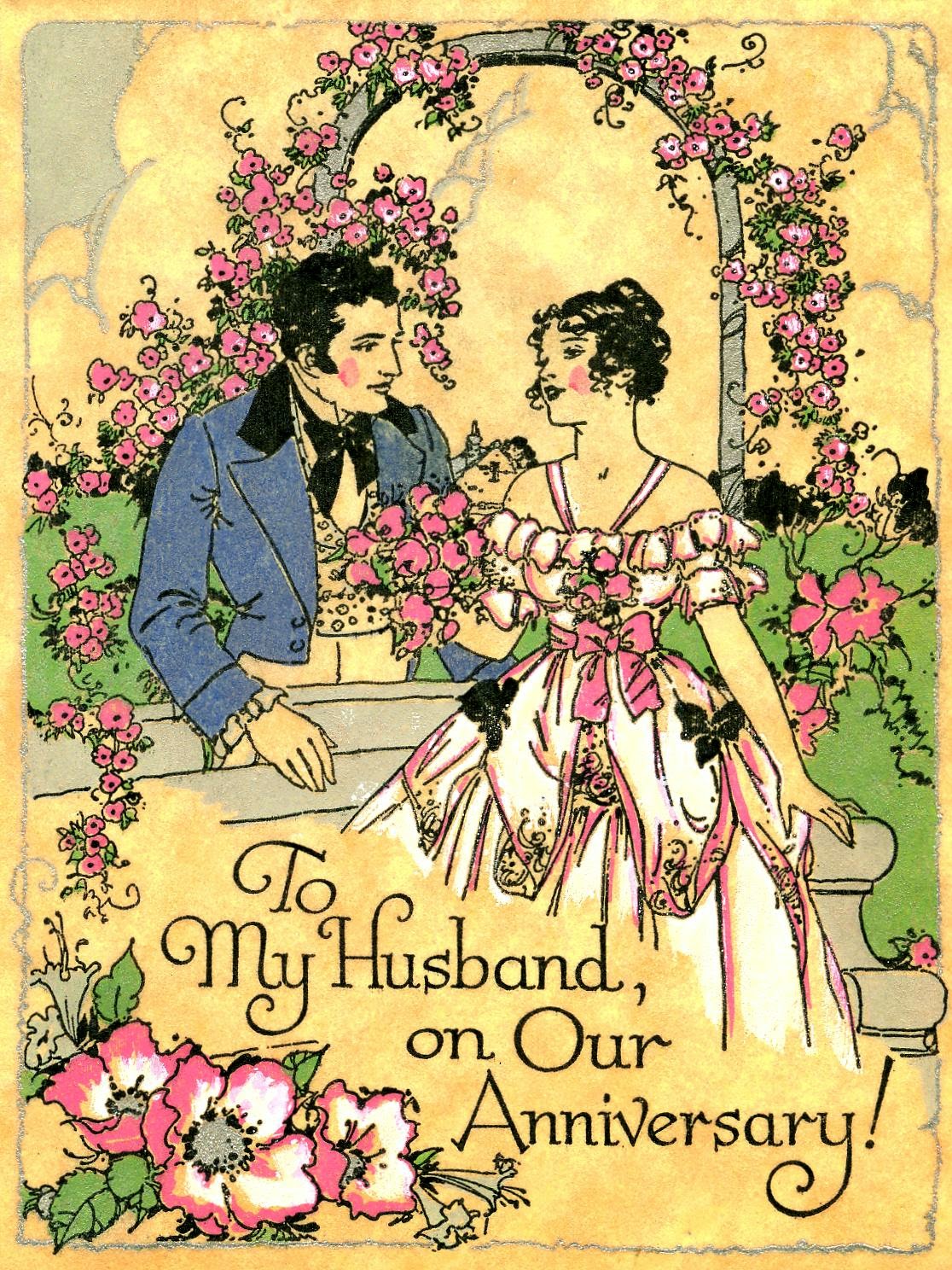I found this Big Boy Barbecue 1956 cook book at the church book sale. Too cute and at 10 cents a steal.
What a photo! Dad with his special hat and protective gloves has rolled up his sleeves. This is real work for real men. Notice the bright red knee socks on the gal sitting in the old aluminum folding chair. And the demure little gal in her full skirted dress sitting and watching her idolized dad handle those hunks of beef.
On the back cover the family waits at the picnic table. The gals are in sun dresses. The man is in a plaid shirt and red socks. A huge salad bowl and mounding plates of fruit sit on the red and white picnic table cloth.
Wait! Do you see the pumpkins, the fall mums, and the lack of leaves on the trees? This is one strange imagined reality.
The book is the original "BBQ for Dummies", full of detailed illustrations on how to cook everything grillable: liver and bacon, rabbit, beef roasts, fish, leg of lamb, and even bananas.
You may think of charcoal grilling this way:
Or this way:
How wimpy.The Big Boy company showed you how to use a spit for rib roasts, port loin, and even a whole ham.
Was there ever a time when people did NOT barbecue at home? The Big Boy company made sure you understood how great it was.
- Everyone pitches in and enjoys the "get-ready" as well as the eatings.
- Husband become experts and do the barbecuing.
- You can play host in your own backyard, in the comfort of home, while recollecting the joys of picnicking.
- Outdoor cooking means you can entertain 15 or 20 people, while dining rooms hold six or so.
- You pay about $1.25 a person while you'd pay $5.00 in a restaurant.
- You can become the Barbecue Leader of the neighborhood, called on to teach your great tricks to your friends.
Besides it hearkens back to our roots.
Sauces, Glazes, and Marinades are included.
Pineapple Glaze
1 8 ounce can of crushed pineapple
1 cup firmly packed brown sugar
1 tablespoon prepared mustard
11 tsp dry mustard
juice of 1 lemon
dash of salt
Drain syrup from pineapple and reserve. Combine pineapple and remaining ingredients and stir to mix well. Add as much of the syrup as necessary to have the mixture of good spreading consistency. Brush over meat.
Side dish recipes were offered, like
Banana Walnut Chiffon Cake.
Here are some recipes from the book.
Barbecued Spiced Bananas
Peel bananas. Place each on a double thickness of heavy duty aluminum foil. Brush with lemon juice. Sprinkle generously with brown sugar. Dust with cinnamon or nutmeg. Dot with butter or margarine. Wrap the foil securely around the bananas, twisting ends. Barbecue on the grill for 7 to 9 minutes or on briquets for 4 to 5 minutes.
Honey Grilled Pineapple
Cut a medium sized fresh pineapple into 8 lengthwise wedges. Place each wedge on a double thickness of heavy duty aluminum foil. Pour 2 tablespoon honey over each. Allow to stand for 1/2 hour. Wrap securely in the foil. Barbecue on grill for 18 to 22 minutes or on briquets 14 to 16 minutes.
Barbecued Corn
Select tender sweet corn in the husks.Strip husks down to the end of cob, but do not tear off. Remove silk. If desired let stand in salted ice water for 20 minutes to an hour. Drain well. Brush corn with salted butter and sprinkle with salt and freshly ground black pepper. Brings husks back up around corn.
Method 1: secure husks with florist's wire. Lay corn on briques and cook 12 to 12 minutes, turning a quarter turn four times. Remove wire and husks to serve.
Method 1: Wrap each ear in a double thickness heavy duty aluminum foil, twisting ends well. Knock gray ash off the briquets. Lay corn on briquets. Barbecue about 10 minutes, turning once.
Method 3: Slip spit rot through spit basket. Arrange corn in basket. Put basket cover in place. Knock gray ash off briquets. Attach the spit and start the motor. Barbecue about 20 minutes.
Barbecued Pineapple Glazed Ham
Have ham cut in half, diagonally, for better balancing on the spit. Remove any rind from the ham. Score the fat in a diamond patter. Put ham on the spit, insert spit forks at both ends. Test for balance. Center the eat and tighten the screws with pliers. Insert Big Boy Thermometer in the center of the thickets section of one half. be sure it does not touch the spit or bone or rest in fat.Arrange briquets at rear and knock off the gray ash. Attach the spit and start the motor. Place drip pan under ham. Allow 10 minutes per pound for a read-to-eat ham or 25 minutes per pound for an uncooked ham. Baste with Pineapple Glaze (see above) during last 15 minutes of cooking. When done, meat pulls away from bone, thermometer should register 140 degrees for ready-t-eat ham and 170 for uncooked ham.























































